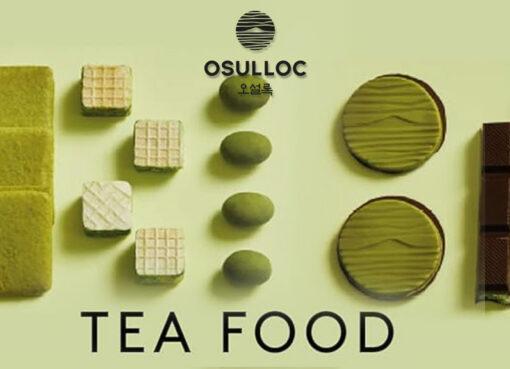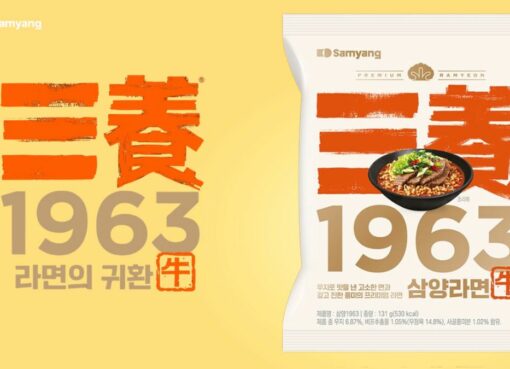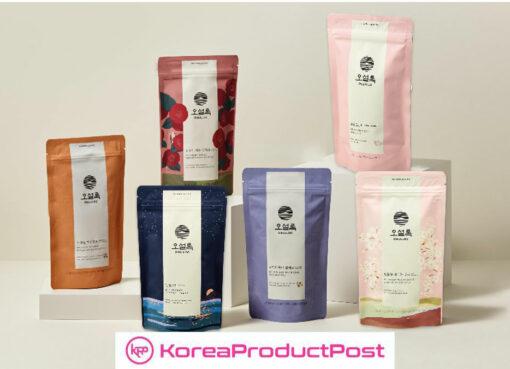Bibimbap is one of the most popular Korean dishes. It includes all the essential Korean cuisine components – rice, vegetables, and meat. This is ultimate comfort food you can have in a bowl while lazing around the house. It is a simple dish that can make you very happy and satisfied.
What is bibimbap?
The dish literally translates to ‘mixed rice with meat and assorted vegetables. It is a beautiful dish that can be made with many variations. You can even modify it based on your dietary choices and personal preferences.
History of bibimbap
This is a century-old dish derived from Goldongban, a dish that includes rice in a bowl with vegetables, meat and sauce. This is an older dish that originated sometime around 14th-16thcentury. It was consumed as a festival food, on Lunar New Year’s Eve. Bibimbap derived from this dish in the late 19thcentury. There are many theories around it but essentially it became about putting all the leftover ingredients in a bowl of rice and eating it.
Preparation
A traditional version of this dish is made with raw egg yolk, raw beef, and vegetables. Some restaurants serve more unique versions of this dish. They replace the beef with unique proteins like an octopus. No matter which version you choose, this dish will please your palate and you will get a flavour-rich experience.
There can be a lot of variation in the toppings added on the white rice. The sautéed vegetables or namul can vary depending on the availability of seasonal vegetables. The vegetables added can be sautéed, fried, blanched, or even steamed. Namul is generally a side dish or banchan in Korean cuisine but in this dish, it plays a primary role.
When making it at home, you can simply make this rice dish with vegetables and avoid beef. You can use all the vegetables in your fridge and sauté them to make this ‘mixed rice’. You can also top it with a fried egg, sunny-side up. For spices, you can add chilli paste (gochujang) or soybean paste (doenjang) as per your preference.
Serving
You can find this dish in every nook and corner of Korea, be it a fancy restaurant or hole-in-the-wall eatery. Bibimbap can be served in two types of dish/bowl – dolsot or yangpun. When the dish is served, it looks very colourful, gorgeous, and rich. The dish is served with rice as a base in a hot stone bowl. After admiring the looks of jewel-like toppings on rice, you can mix the hot ingredients together with the sauce and the fried egg.
Like many other Korean cuisine dishes, this is also an experience to savour. The final step before eating is performed by the consumer which makes you feel more involved and you get the joy of anticipation before eating.
Taste and flavour
The dish has a distinctly Korean flavour. The rice bowl is mixed with gochujang (Korean chilli paste). The flavour is balanced and is a combination of savoury and spicy. You can add as much extra chilli paste as you like according to your palate. This balanced dish is healthy and filling. You will feel satisfied without getting a heavy and stuffy feeling!










Comment here